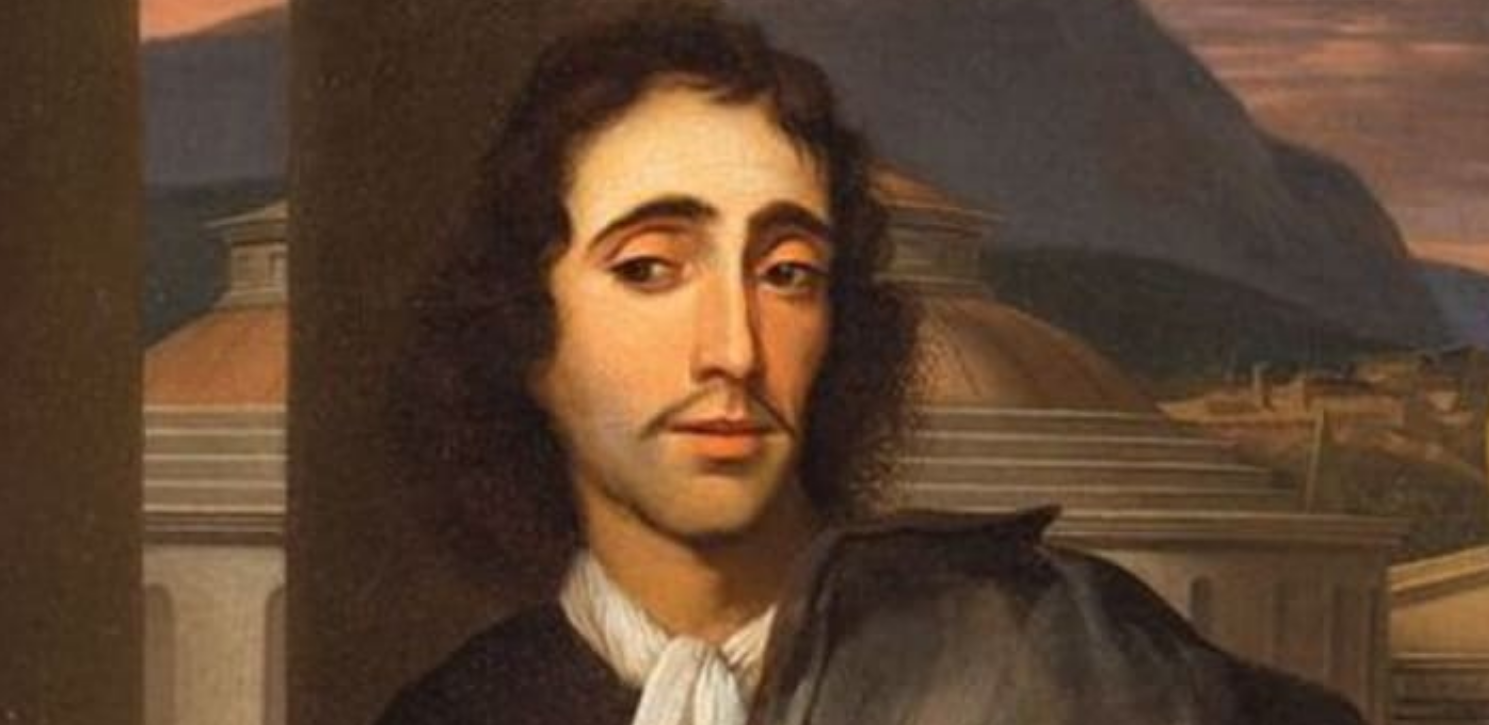Spinoza's Dual-Aspect Monism Compared to the Nondual Perspective
The relationship between our inner experience and the external world has long been a central question in philosophy. How can the subjective realm of thoughts and feelings relate to the objective realm of physical matter? While philosophical dualism makes the argument for two fundamentally different kinds of stuff, both Spinoza's philosophical framework and the nondual understanding converge on a monistic answer: ultimately, reality is one.
Baruch Spinoza, the 17th-century Dutch philosopher, is often cited as the first modern presenter of dual-aspect monism. Spinoza proposed that there is only one absolute, infinite, self-caused substance, which he identifies as God or Nature. This substance is the entirety of reality, possessing an infinite number of attributes that are its essential properties or essences. Of these infinite attributes, human beings can only apprehend two: thought, the realm of mind, and what he called extension, the realm of the body and the world.
In Spinoza's view, thought and extension are not separate substances that interact. They are two distinct, parallel, and equally real ways in which the one substance exists and is apprehended. Our individual mind is a mode of the attribute of thought, and our body is a mode of the attribute of extension. Mind and body do not cause each other; they are simply different expressions of the same underlying reality. This is a quintessential example of dual-aspect monism where the mental and the physical are two sides of the same coin.
The nondual understanding, found in various traditions such as Advaita Vedanta, Zen Buddhism, and Christian mysticism, also asserts the ultimate unity of reality. However, here the understanding goes further by identifying this single, absolute reality as consciousness or awareness, a reality that transcends conceptual descriptions entirely, for a finite mind cannot know the infinite. From this perspective, the apparent diversity and separation of the world, including the perceived distinction between mind and body, or subject and object, are not ultimately real. The separations are considered appearances, manifestations, or forms arising within or as consciousness. The appearance of reality is often described as an illusion, not in the sense of being non-existent, but as lacking a discrete, stand-alone existence. The nondual understanding emphasizes the primacy of this formless consciousness as the ground of all being. The world of form, including the physical body and the conceptual mind, is seen as dependent upon and arising within this consciousness, rather than being an equally fundamental attribute of it. The goal of the nondual understanding, then, is the direct, non-conceptual recognition or realization of this ultimate unity. To see one's true nature as identical with consciousness is to transcend the illusion of the separate self and the dualities of perception.
Similarities between Spinoza’s framework and the nondual understanding:
Both views firmly reject the idea that mind and matter are two fundamentally different kinds of independent substances. Both agree that reality, ultimately, is not divided into separate subjects and objects. Reality is a unified whole.
Both systems propose that this single reality presents itself in different ways that correspond to our experience of the mental and the physical.
And some differences:
For Spinoza, the one reality is Substance with infinite attributes, including thought and extension as fundamental essences. The nondual understanding identifies the one reality as consciousness itself, which is formless and prior to attributes or distinctions.
In Spinoza's dual-aspect monism, thought and extension are equally real. They are not less real than Substance itself, just different ways of apprehending it. In the nondual understanding, the mental and physical realms (mind, body, world) are seen as appearances, forms, or manifestations within consciousness. Their reality is considered relative or dependent upon consciousness, and therefore ultimately less real than consciousness itself.
Spinoza's path to liberation involves intellectual understanding leading to the “intellectual love of God.” The nondual path typically emphasizes the direct, experiential, non-conceptual realization that the ground of being, awareness, is whatever is reading these words in this moment.
Spinoza's dual-aspect monism and the nondual understanding share the insight that reality is a unified whole, that there is no fundamental split between mind and matter. Spinoza offers a rational, philosophical framework where mind and body are equally real attributes of one Substance—God or Nature. The nondual understanding, while embracing monism, identifies the one reality as consciousness, and views the mental and physical realms as dependent appearances within the consciousness rather than equally fundamental attributes of this sole reality.

